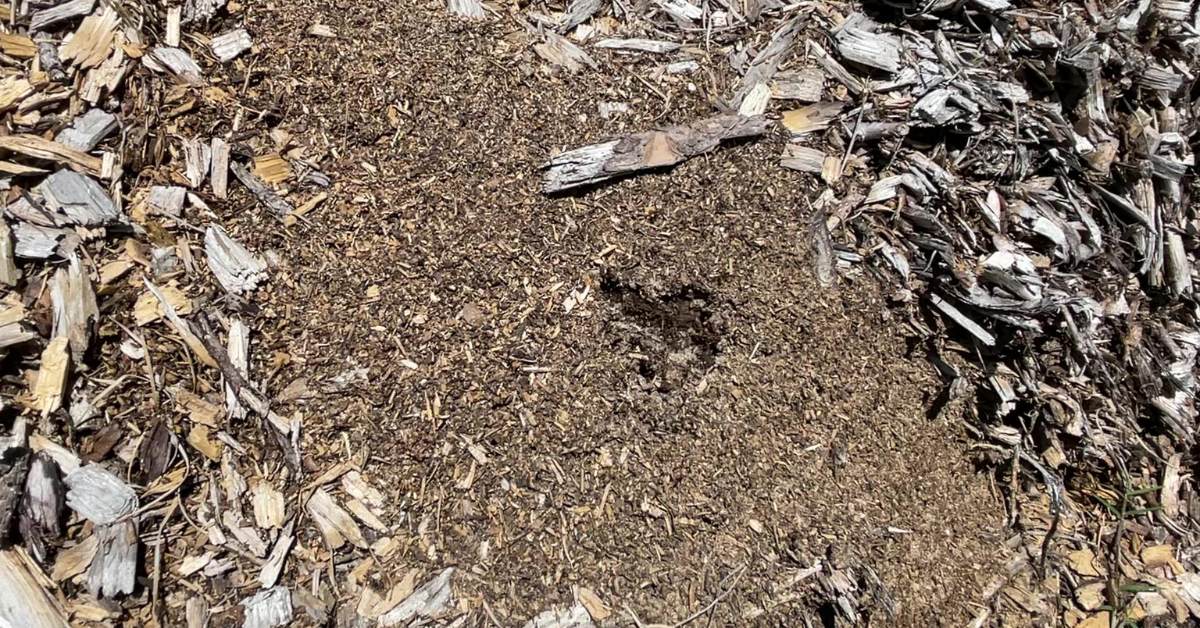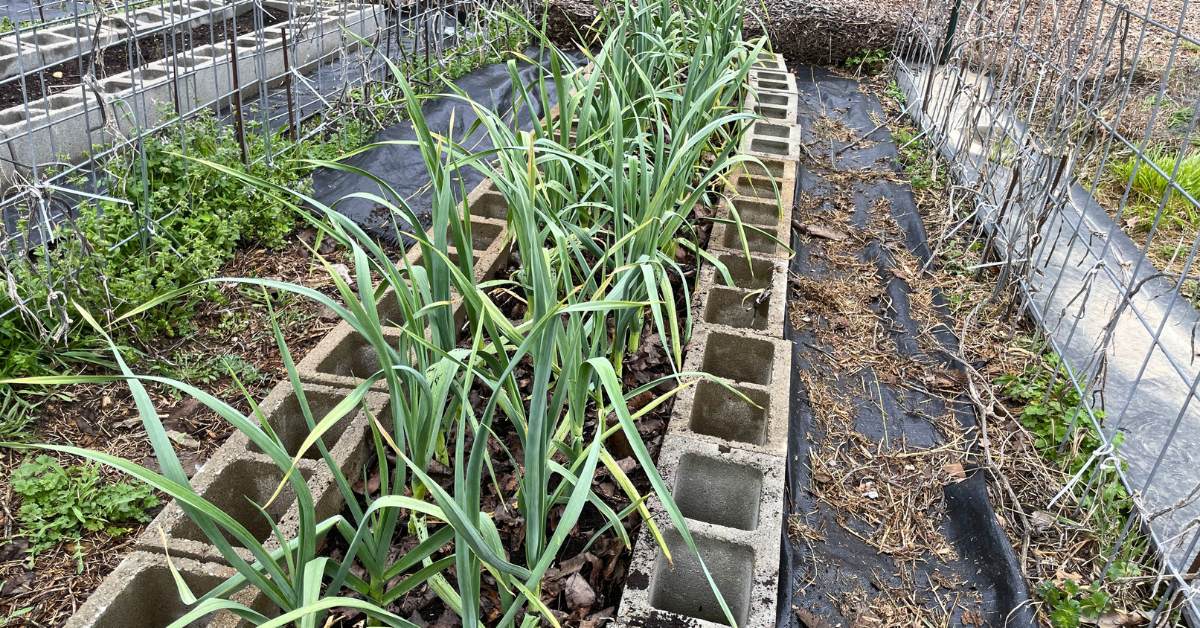The good news? The shelf life of grits is remarkably long.
The bad news? My family’s appetite for them means they’re gone wayyy before their expiration date rolls around.
(I guess that’s not a bad thing; pantry rotation is an important part of efficient long term storage.)
Still, I’ve been known to find a hidden bag of grits well past its best-by date lurking in the back of my pantry. Are they still good?
Let’s chat about it.
How Long Do Grits Last?
When it comes to the kitchen, specifically that cozy corner where you stash your pantry staples, grits hold a special spot. Yet, amid the myriad of flavors from white grits to yellow grits, and textures from stone-ground grits to instant grits, there lies the ever-present question:
How long do grits last?
Well, my friend, the lifespan of these beloved grains hinges on several key elements. First off, the type of grits plays a monumental role.
Your stone-ground grits, with their whole kernel offering, boast a long shelf life when tucked away in a cool, dry place, far from any sources of moisture or direct sunlight.
On the flip side, instant grits have a knack for a more stable storage environment, requiring nothing more than a dark pantry corner to preserve their freshness.
But don’t let their ease fool you—the moment the air-tight container or plastic bags they call home are breached, the countdown begins.
And let’s not bypass the profound impact of storage conditions.
Whether we’re discussing the longevity of an unopened package of grits or pondering the best way to keep your leftover grits palatable for just a bit longer, the environment plays its part.
A cool, dry place shields dry grits from the perils of humidity and temperature changes, ensuring they deliver the best quality meal every time.
What About Cooked Grits?
If you’ve ever found yourself hovering over a steamy pot of cheese grits, pondering whether it’s okay to stash the leftovers in the fridge for tomorrow’s breakfast, you’re in good company.
Here’s the thing—unlike the world of uncooked grits that seem to live on ad infinitum in the pantry, their prepared counterparts play by a whole different set of rules.
Once you’ve added water and brought those dry grits back to life, the clock starts ticking. Typically, cooked grits have a window of 5 to 7 days when kept in the fridge.
But throw in some extra ingredients—think fresh fruit or dairy products, and you decrease that window to a mere 3ish days, if not less.
FREE FOOD STORAGE PLAN!

Does gathering and storing a year’s worth of food for your family seem overwhelming and unachievable?
Make it easy with our step-by-step plan. Subscribe to our weekly newsletter & we’ll send it to you FREE!
How to Tell if Grits Have Gone Bad
Whether they’re the stone-ground variety lovingly picked from a backcountry grocery store or the quick, instant grits grabbed in a rush, knowing when they’ve waved the white flag is key.
If you find yourself squinting at your package of grits, wondering if they’ve turned to the dark side, here are the telltale signs:
- Trust your nose: A rancid smell from either your dry grits or prepared grits is a clear red flag. It’s the corn oils saying goodbye in the most unpleasant way.
- Let the colors guide you: Dry grits should be off-white or slightly yellow. A color change—especially mold-like colors of pink, grey, or green—means they’re trash.
So, next time you ponder the shelf life of your favorite corn meal, remember these simple tips to enjoy them at their best quality.
Do Instant Grits Go Bad Faster?
Despite their convenience and quick prep time, instant grits don’t necessarily go bad faster than their stone-ground counterparts. It all boils down to how you store them.
If kept in a cool, dry place, away from direct sunlight and in airtight containers, both can have a long shelf life.
Nonetheless, stone-ground grits, with their whole kernel goodness, might just edge out in longevity if stored in ideal conditions.
How to Store Grits to Maximize Their Shelf Life
Whether you have a penchant for the hearty texture of stone-ground grits or the quick convenience of instant grits, the key to preserving them lies in their storage.
Here’s a simple tip that’s never failed me—always, and I mean always, opt for a cool, dry place. Also, keep them in an airtight container. (Vacuum sealed in Mason jars is an excellent option.)
Prices pulled from the Amazon Product Advertising API on:
Product prices and availability are accurate as of the date/time indicated and are subject to change. Any price and availability information displayed on [relevant Amazon Site(s), as applicable] at the time of purchase will apply to the purchase of this product.
Oh, and plastic bags (or the paper bags they come in) won’t cut it.
Most airtight pantry containers are on the smaller side. If you store grits in bulk like I do (20+ lbs), you can store them in a 5-gallon bucket with gamma-seal lids and oxygen absorbers.
Prices pulled from the Amazon Product Advertising API on:
Product prices and availability are accurate as of the date/time indicated and are subject to change. Any price and availability information displayed on [relevant Amazon Site(s), as applicable] at the time of purchase will apply to the purchase of this product.
Yes, I know it’s plastic, which I just said won’t cut it, but the gamma lids and O2 absorbers pick up the slack.
If you want maximum shelf life, still use the 5-gallon buckets, but seal the grits in mylar bags first.
What Are the Black Specks in Grits?
Ah, those mysterious little black specks that occasionally grace our bags of grits. Have you ever given them a second glance and wondered if they’re a sign of something sinister lurking in your breakfast?
Well, let me reassure you. In most cases, these dark specks are nothing more than harmless parts of the corn kernel.
You see, grits are made by grinding dent corn, and the process isn’t always perfect, leaving behind tiny remnants of the germ or the hull.
It’s a natural part of the corn’s anatomy, similar to finding a seed in your fresh fruit.
However, in the realm of food safety, always keep an eye out for genuine signs of spoilage, like an unusual rancid smell or mold development.
Next time you spot those little black dots, remember, they’re typically just a quaint reminder of the corn’s journey from the field to your plate.
Can You Keep Leftover Grits?
First things first, storing your leftover grits requires a bit of savvy to maintain their best quality.
The key is to cool your grits as quickly as possible and transfer them to an airtight container.
Now, here’s a twist—consider adding a splash of water before sealing it. This little trick keeps them from turning into a solid brick in your fridge.
How about reheating them? It’s simple. Gently reheat your grits on the stove, adding a touch of milk or water to return them to their creamy consistency.
Avoid high heat though, as it can transform your delightful dish into something less savory.
As you can see, proper storage of grits isn’t hard, and you have several storage methods to choose from that can make them last for years.











